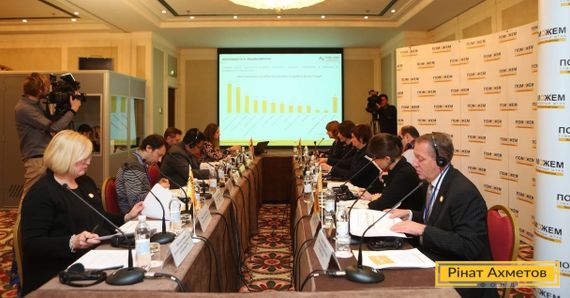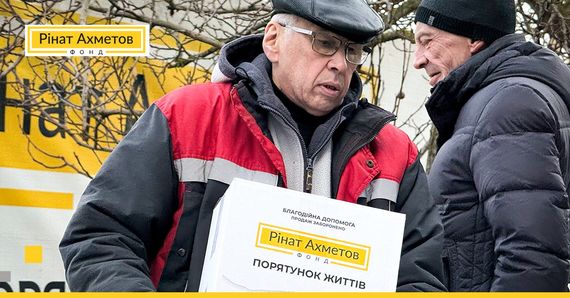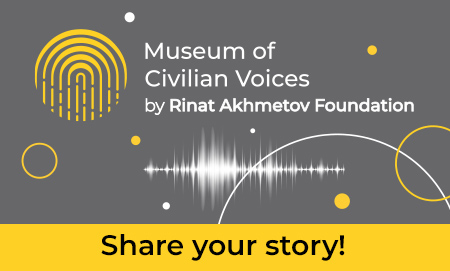Every fourth resident of Donbas crossed the contact line

A quarter of Donbas population had a necessity to cross the contact line, and 21% have the experience of crossing it over the last six months. This was announced by representatives of Kyiv International Institute of Sociology during the roundtable meeting called "Donbas: life and barriers" initiated by Rinat Akhmetov Humanitarian Center.
"This problem touched more than half million people. But actually there were much more movements, because 37% of people crossed the contact line once, the rest did it more than one time. 6 % of respondents crossed it more than 10 times. And there are people who work on the opposite side and travel between the territories", ‒ Natalia Kharchenko, KIIS Executive Director, explained.
The main purposes of crossing the contact line:
re-registration or receiving pensions, social payments;
receiving/restoration of documents, adding new passport photo, receiving international passport;
bank services;
trips across Ukraine from Kostiantynivka and Druzhkivka railway stations;
visits to relatives and friends;
checking up the property;
buying things (the prices for clothes and footwear are lower in Ukraine).
According to the sociological study, almost 60% of all respondents know what should be done to cross the contact line and can arrange the permit on their own Every second resident of non-government-controlled areas has a valid permit, and every fifth resident of GCA has it as well.
The main problem when crossing the contact line and the worst problem for those who crossed it are very long queues and low traffic handling capacity at the contact line. The vast majority (84%) of residents in Donetsk region called crossing of the contact line difficult. The average duration of waiting in line is 8 hours 30 minutes. The fastest way to go through checkpoints is to walk. It takes more time on a bus (up to 8 people). Private car is the longest way because of the lines and the fact that carriers go through them faster, because of a special line for privileged persons.
"The choice of a checkpoint for crossing the contact line depends on the lines a lot. Both carrier and passenger track this information in social networks and on the news. And they choose the least busy one", ‒ Daryna Pyrohova, KIIS research scientist, shared.
KIIS sociological research called "Donbas: life and barriers" took place through October 21-November 7, 2016, it was commissioned by Rinat Akhmetov Humanitarian Center and Dopomozhemo TV. 2,102 respondents older than 18 from 100 settlements (towns and villages) of Donetsk region, both in government-controlled and non-government-controlled areas, were polled as part of the research. The study covered: current needs of the population in food, medications and non-food goods; social state of the population in Donetsk region; people's opinion about possible development of the situation in Donbas; problems associated with difficulties when crossing the contact line.



